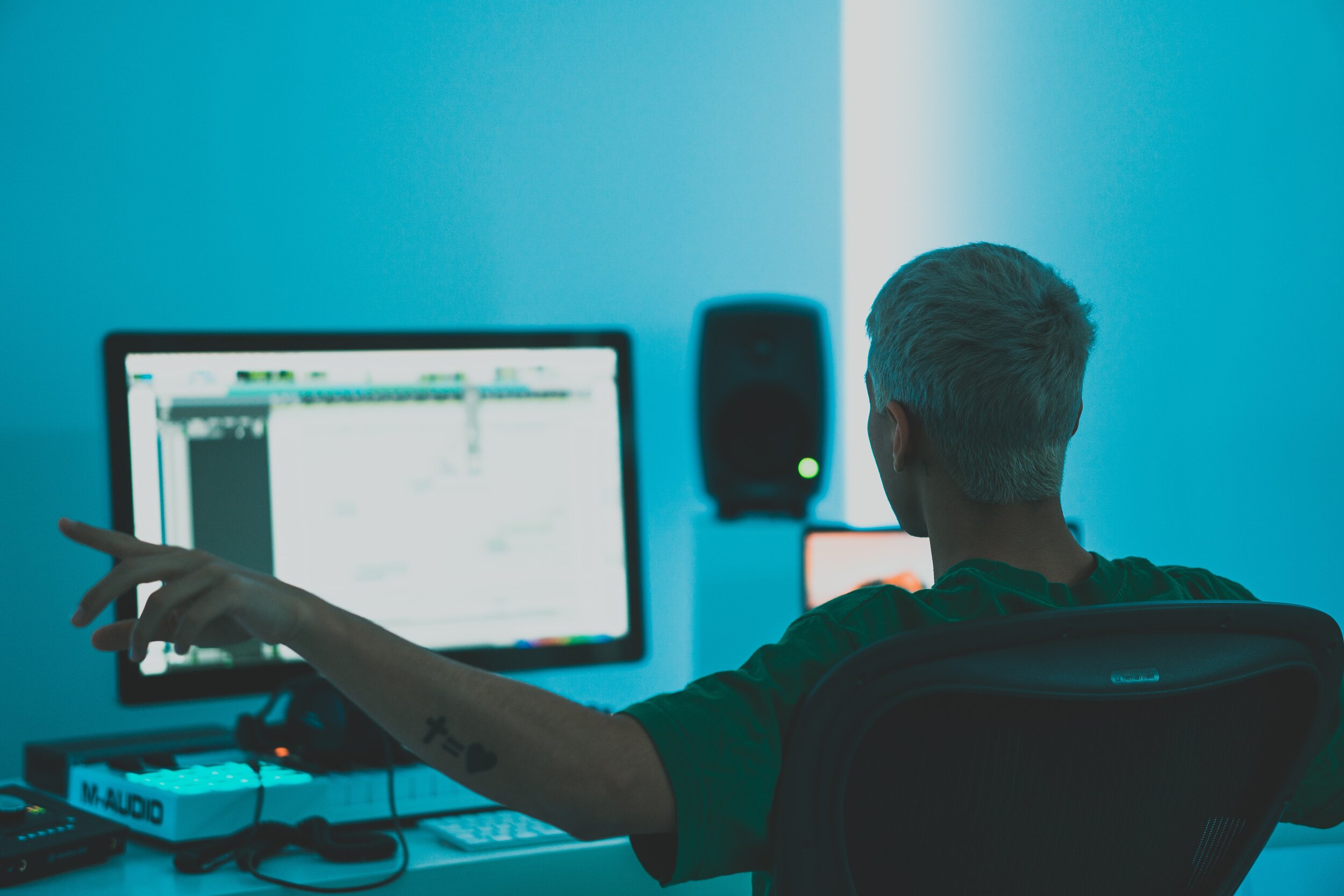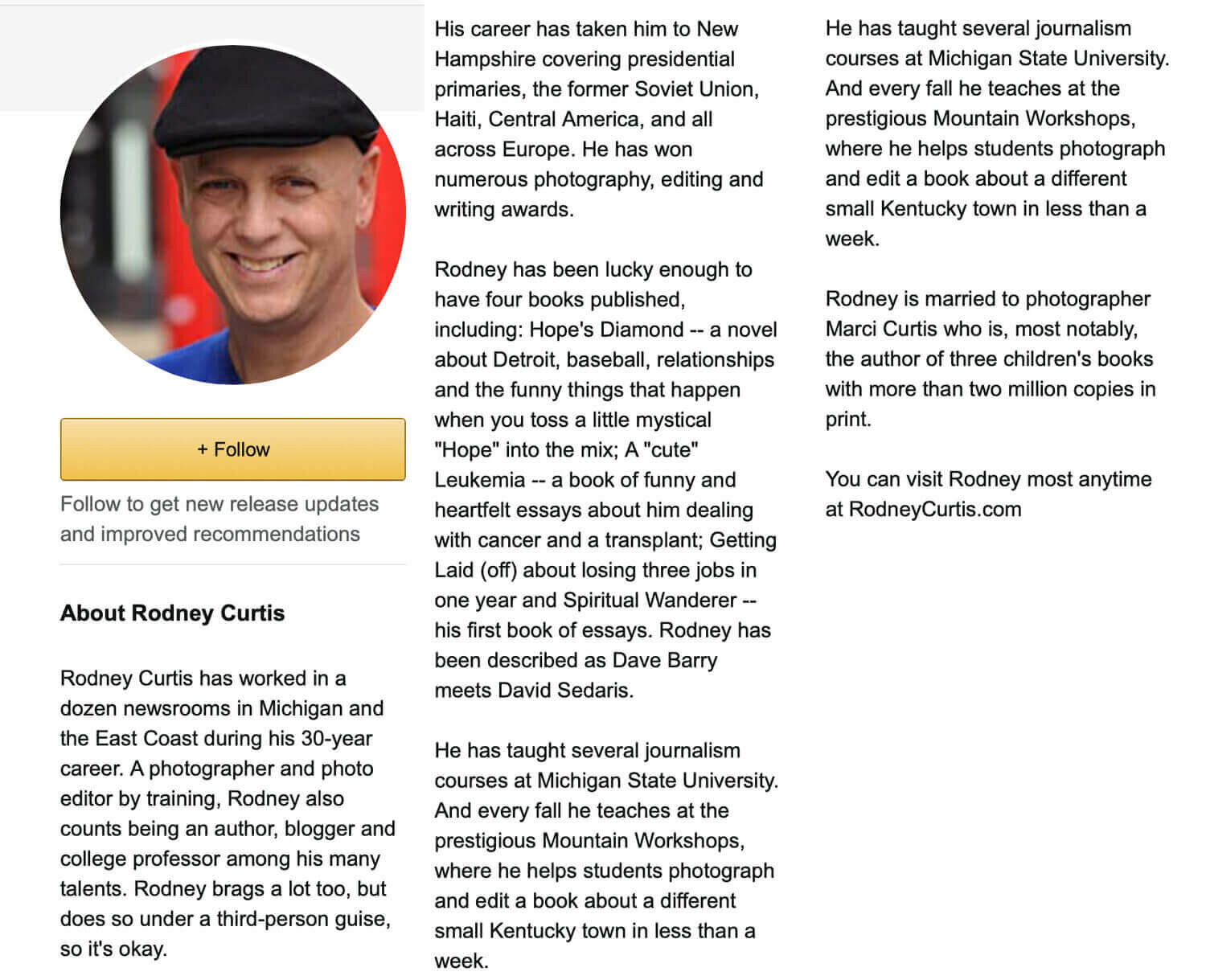Music production, like everything else throughout music history, is constantly changing and evolving. Recording studios are no longer used to produce Grammy Award-winning albums, professional musicians aren’t needed to provide background music, and real instruments are no longer essential. While these things are all an added bonus to have while producing an album or song, they’re not necessary. You can do it all yourself.
The task of making a song can still seem pretty daunting to individuals just starting out with producing music, and it can be tough to know where to start.
This is The Beginners Guide to Music Production and by the end of this article, you will have a solid understanding of what you need to know to start producing music.
What You’ll Need
You don’t need much to start producing music. You simply need a working computer, headphones, and a digital audio workstation, DAW for short. A good DAW can be expensive, so it’s important to do research on what will work best for you.
If you’re looking for a more extensive list of items you might need check out this Music Production Starter Kit from Black Ghost Audio.
Digital Audio Workstations
DAWs are a type of software used to produce music. You can easily download them onto your computer and you can find video tutorials on how to use them.
Every DAW has its perks and it comes down to finding one that works for you.
Logic Pro X is affordable so when you’re starting out, it’s a great option. Logic Pro X is great for recording instruments/vocals, has a strong comp folder feature, and comes with a large library of Apple Loops. Logic Pro X is a great option for Mac users.
Studio One offers anything you could need to produce a song. It has a clean layout and can be easily integrated with other hardware and software. It is available for Windows and Mac.
Pro Tools is industry standard and is great for recording. If you’re not using Pro Tools for primarily recording, then you might want to look for a different DAW that fits better with what you need.
Ableton Live is great if you plan on using its live performance capabilities but it is somewhat difficult to learn and lacks in recording features. Once you learn it, it has a very fast workflow.
Here’s a graphic to break it down:
Although switching DAWs is possible, it's a long process to go through so you want to make sure the one you pick is right for you. The DAW you pick should allow you to work quickly and comfortably within it.
If you are scared of committing to one DAW, All of the above mentioned DAWS offer a free trial or version of their software
Here’s where you can download them:
Creating Songs
Once you figure out which DAW works for you the next step is to start creating within it. When you first start, you’ll want to focus on quantity of songs over quality. Each song you work on should focus on developing another skill set. For example, use the first song you create to gain a better understanding of using loops, on the second one, try recording your own audio, the third, use audio samples.
There are an endless amount of techniques to try in music production, so make sure you’re learning a wide variety of skills and not just focusing on one area.
Music Theory
Music theory is essentially math for music. It's the formula for making music what it is. That being said, you don’t need to understand theory to be a good musician. Artists like Michael Jackson, Jim i Hendrix, and The Beatles didn’t even know how to read music.
via biography.com
However, music theory can help you understand what you’re creating when you’re producing music.
Music theory can sometimes feel like you’re digging a hole that has absolutely no end because there is so much to learn. For music production, however, it’s important to just understand basics like keys, chords, and scales.
Learn the basics of music theory in half an hour with this video from Andrew Huang. Watch Carefully and take notes!
Sound Design
An article from Music Gateway describes sound design as the process of recording, producing, and developing audio elements for music, television, or film. A sound designer is a person who works with synthesizers to create sounds.
Synthesizers are an important part of sound design and will become more important as you learn more production techniques.
There are a variety of different synths to choose from. You can check out this article from Black Ghost Audio to find a synth that will work for you.
Mixing and Mastering
Mixing and Mastering is the icing on the musical cake. It will help take your songs from amateur to pro.
Black Ghost Audio describes mixing as the process of combining the different elements of your song and mastering as the process of formatting songs for distribution.
This article from Jony Studios walks you through How to Master Your Song on a Budget.
Studio Monitors and Acoustics
Studio Monitors are used for professional music production and tend to reveal a lot more than a typical stereo speaker used for casual listening. They make any issues obvious so you can fix and alter the sound as needed.
For studio monitors to work effectively, investing in acoustic treatment is very important. The main goal with acoustic treatment is to have a mixing position with a flat frequency rate. This will help reduce sound colouring.
To learn more about studio monitors, watch this video from Sweetwater.
Practice, Practice, Practice!
While getting a good DAW and expensive recording equipment might help you achieve a professional level sound, the only way to get better at producing music is to practice. Don’t get hung up on what you don’t have, you can start practicing on GarageBand with a pair of cheap earbuds.
The most important thing is to just start. Practice different techniques on your chosen DAW, go over music theory exercises and listen to lots of music, specifically in the genre you are producing for.
Written By: Leah Gerber
Conclusion
Music production, like anything else, takes a lot of time and energy to become good at. So trust the creative process, and soon you’ll be creating hits.
Let us know in the comments if this guide helped you pick a DAW, learn music theory, or assisted you with any other music production related things.
If you’re already a music producer, let us know what tips helped you get started, or recommend a piece of equipment that you think is necessary.
Ready to release your music to the world? Check out this guide first!

















